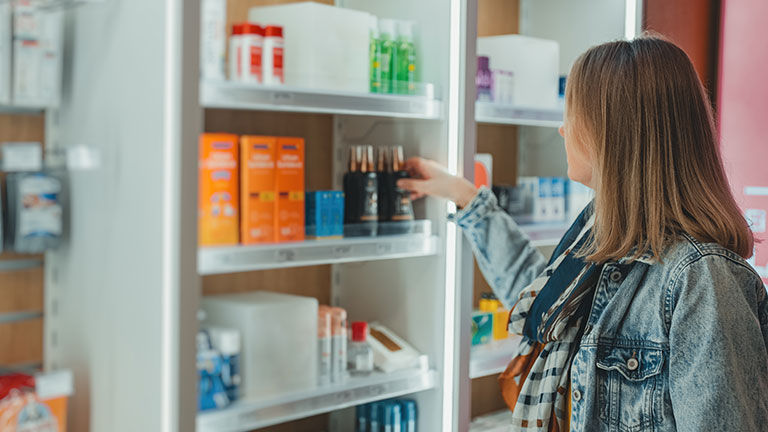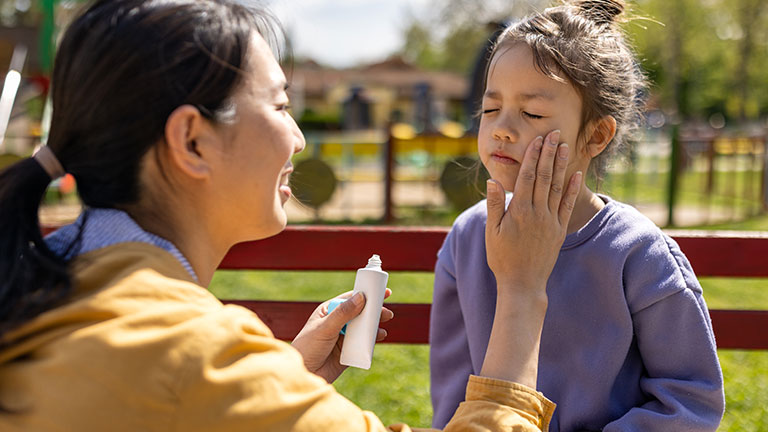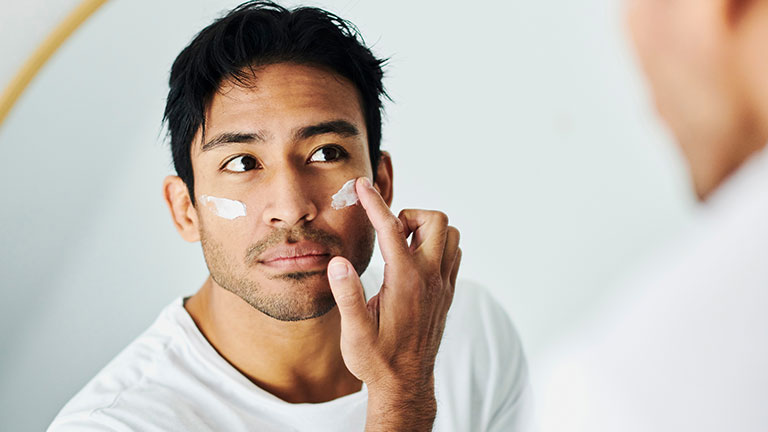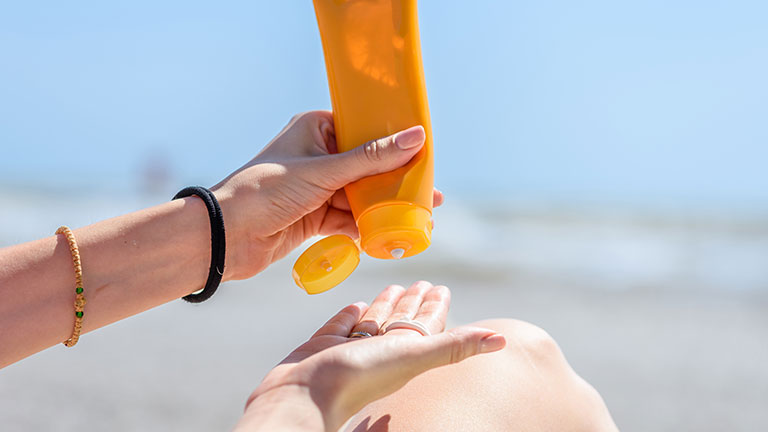Dermatologist-Approved Tips for Choosing the Best Sunscreen
From SPF numbers to water resistance and beyond, here's everything you need to know to protect your skin year-round


Skin cancer rates are climbing, with more than 5 million cases diagnosed annually, according to the American Cancer Society. Proper sun protection is crucial for healthy skin, but with so many options, standing in the sunscreen aisle can feel overwhelming as you stare at SPF numbers, broad-spectrum labels, and water-resistance claims. Choosing the right sunscreen also depends on your activities—whether you’re seeking daily protection, planning a beach day, or preparing for outdoor sports.
To cut through the confusion, we consulted Mary P. Lupo, M.D., a board-certified dermatologist and adjunct professor of dermatology at Tulane University School of Medicine in New Orleans.

Understanding sunscreen basics
When choosing a sunscreen, understand key terms on the label. SPF (Sun Protection Factor) measures protection against UVB rays, which cause sunburn.
For outdoor activities, she recommends SPF 40 or higher, while SPF 30 is fine for daily use.
Broad-spectrum sunscreen protection is also important, covering both UVA and UVB rays. While UVB rays cause burning, UVA rays penetrate deeper, contributing to aging and skin cancer. American sunscreens offer excellent UVB protection and decent UVA coverage, though European formulations provide better UVA protection, notes Dr. Lupo.

Physical vs chemical sunscreen
Sunscreens fall into two main categories:
- Physical sunscreens work by creating a barrier on your skin. They contain zinc oxide and titanium dioxide, which act like a shield to reflect UV rays. However, they come with drawbacks, such as creating a thicker layer that can feel “heavy.” Many also leave a white cast on darker skin tones, Dr. Lupo notes.
- Chemical sunscreens, in contrast, absorb UV rays and convert them into heat through a chemical reaction. While chemical sunscreens generally feel lighter, studies by the US Food and Drug Administration (FDA) show that certain ingredients—such as oxybenzone and homosalate—are absorbed into the body and can remain above FDA safety thresholds for weeks after use. For this reason, many experts now recommend choosing mineral-based sunscreens with zinc oxide or titanium dioxide when possible.

Choosing sunscreen for different activities
Your sunscreen needs vary based on what you're doing. Selecting the right formula can make all the difference in both protection and comfort.
For everyday use, Dr. Lupo recommends a lighter formulation with SPF 30. The formula's texture and finish become important considerations for comfortable wear—especially if you want to make wearing sunscreen a daily habit.
For sports or extended outdoor activities, upgrade your protection to SPF 40 or higher, advises Dr. Lupo. These products stay on your skin better during exertion and perspiration, maintaining protection.
When swimming, look for "water-resistant for 80 minutes" on the label, Dr. Lupo advises. “If you wipe or dry off, you’re removing the protection and must reapply immediately.” Being in the water doesn't significantly reduce protection, but toweling off does.

Common application mistakes
Even with the right sunscreen, improper application can leave you vulnerable. Dr. Lupo identifies several common missteps that undermine sun protection—and what to do instead.
- Apply sunscreen before heading outside. Many people wait to apply sunscreen until they’re outside, leading to delayed protection. Applying sunscreen to cool skin before heading out improves absorption and ensures you don't forget.
- Apply a generous amount of sunscreen. Another critical mistake is using too little sunscreen. Experts recommend applying a full ounce (about the size of a shot glass) for total body coverage. Don't forget easily missed spots such as the ears, the back of your neck, and the tops of your feet.
- Use sunscreen even when the sun isn’t out. Don’t be fooled by cloudy days. You still need sunscreen, as UV rays can penetrate clouds, Dr. Lupo points out.

Beyond basic protection
Today's advanced sunscreens offer more than just UV protection; some include ingredients that act as antioxidants, blue-light blockers, or DNA repair ingredients, Dr. Lupo says. These innovations provide extra layers of defense against environmental damage and cellular harm.
Dr. Lupo recommends consulting your doctor for personalized advice on your skin concerns and lifestyle needs. “Ask your board-certified dermatologist to give you a list of their favorites,” she says.
Selecting the right sunscreen isn't just about preventing sunburn—it's about protecting your skin's long-term health. With skin cancer rates continuing to rise, proper sun protection year-round remains one of the most effective preventive measures available.
“Every day on Earth is a day for SPF,” says Dr. Lupo.
